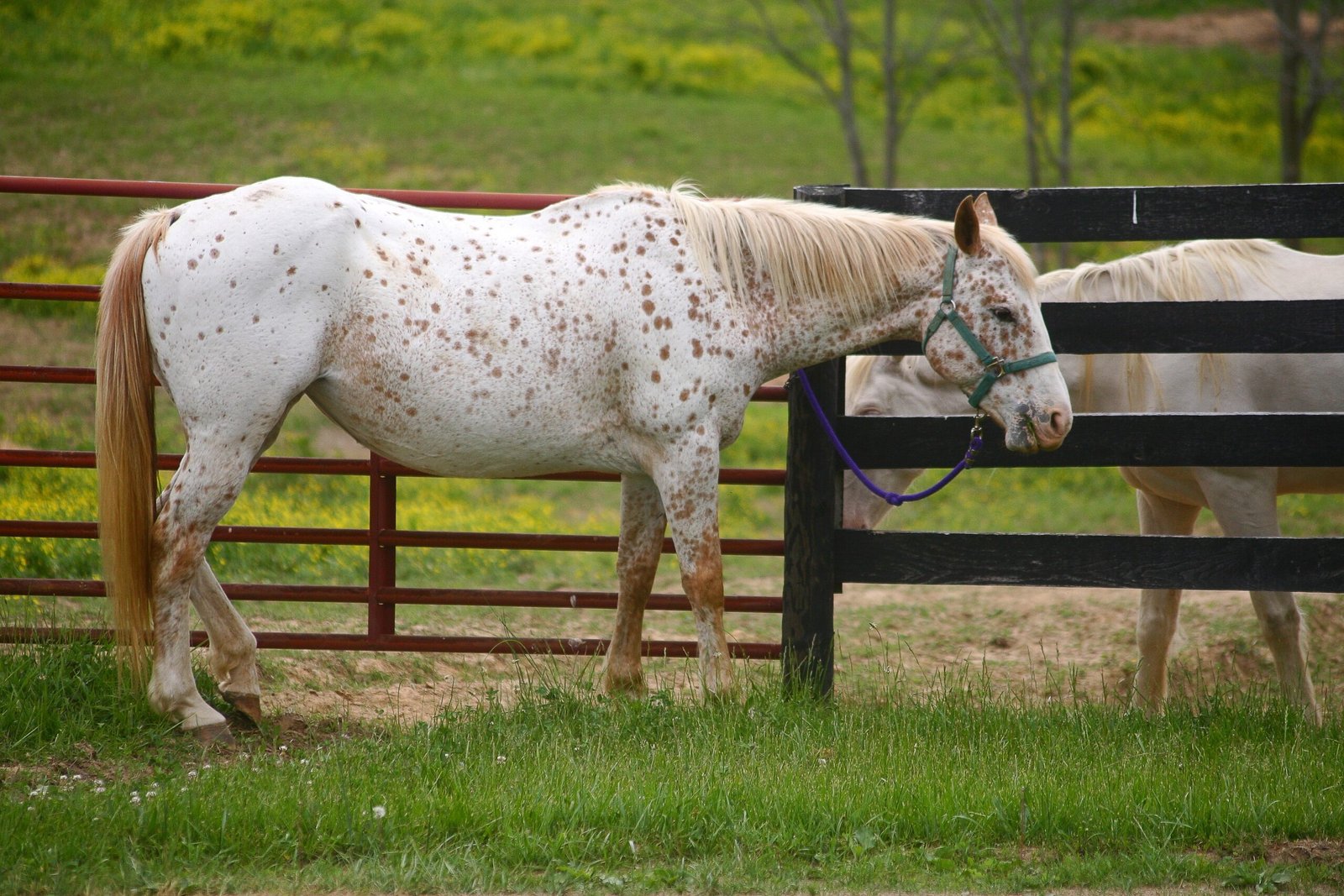Have you ever dreamed of riding into the sunset, hair blowing in the wind, feeling completely at one with your horse? For many, that dream is why they step into the world of horses. But here’s a little secret: not every horse is the perfect partner for a newcomer. Some breeds are like patient teachers, guiding beginners gently, while others, though breathtakingly beautiful, can be as unpredictable as a thunderstorm. Choosing the right breed can mean the difference between a magical first ride and a nerve-wracking experience. Whether you’re just starting out or helping someone else take their first steps in the saddle, knowing which breeds tend to be more beginner-friendly—and which ones might be a bit too much to handle—can save you a lot of heartache (and maybe a bruised ego or two). Let’s get straight to the heart of it: which horses are ready to help you start your journey, and which may ask a bit more than a beginner can give?
Quarter Horse: The All-American Favorite for Starters
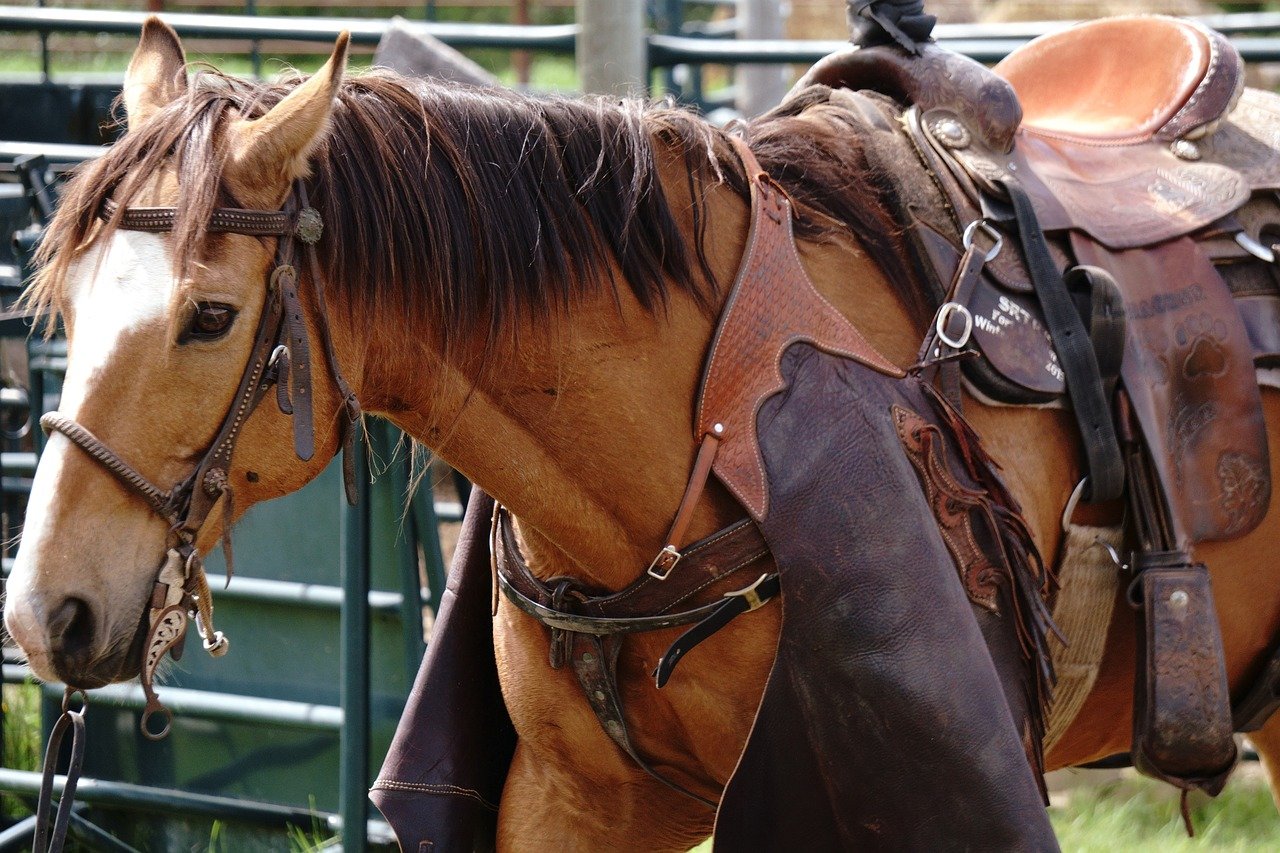
If there’s a horse breed that practically screams “perfect for beginners,” it’s the American Quarter Horse. Think of the Quarter Horse as the trusty old pickup truck of the horse world—reliable, sturdy, and endlessly forgiving. Their easygoing nature and natural intelligence make them a top pick for those just getting their boots dirty. These horses are known for their calm demeanor, making them less likely to spook at unexpected noises or sights.
A Quarter Horse’s versatility is another reason they’re often recommended for first-timers. Whether you want to try trail riding, western pleasure, or even dabble in some light jumping, this breed is up for it all. They form strong bonds with their humans and seem to have an uncanny sense of what their riders need. For families, riding schools, or solo adventurers, Quarter Horses often feel like gentle giants who are happy to carry you safely, no matter how shaky you feel in the saddle.
Morgan: The Friendly Workhorse
Morgans are like the golden retrievers of the equine world—always eager to please and bursting with personality. These horses are known for their willingness to cooperate and their strong bond with humans. Their size, usually in the medium range, makes them approachable for both children and adults. They’re highly adaptable, which means whether you’re riding in an arena or exploring a forest trail, a Morgan is ready to go.
What makes Morgans especially beginner-friendly is their forgiving nature. They don’t tend to overreact to mistakes that new riders make, and their intelligence means they often anticipate what’s needed next. Morgans are also sturdy and healthy, with few breed-specific health issues, so owners can focus on learning rather than constant vet visits. If you’re searching for a horse that feels like a partner rather than a puzzle, the Morgan might just be your perfect match.
Appaloosa: Spotted Beauty With a Kind Heart
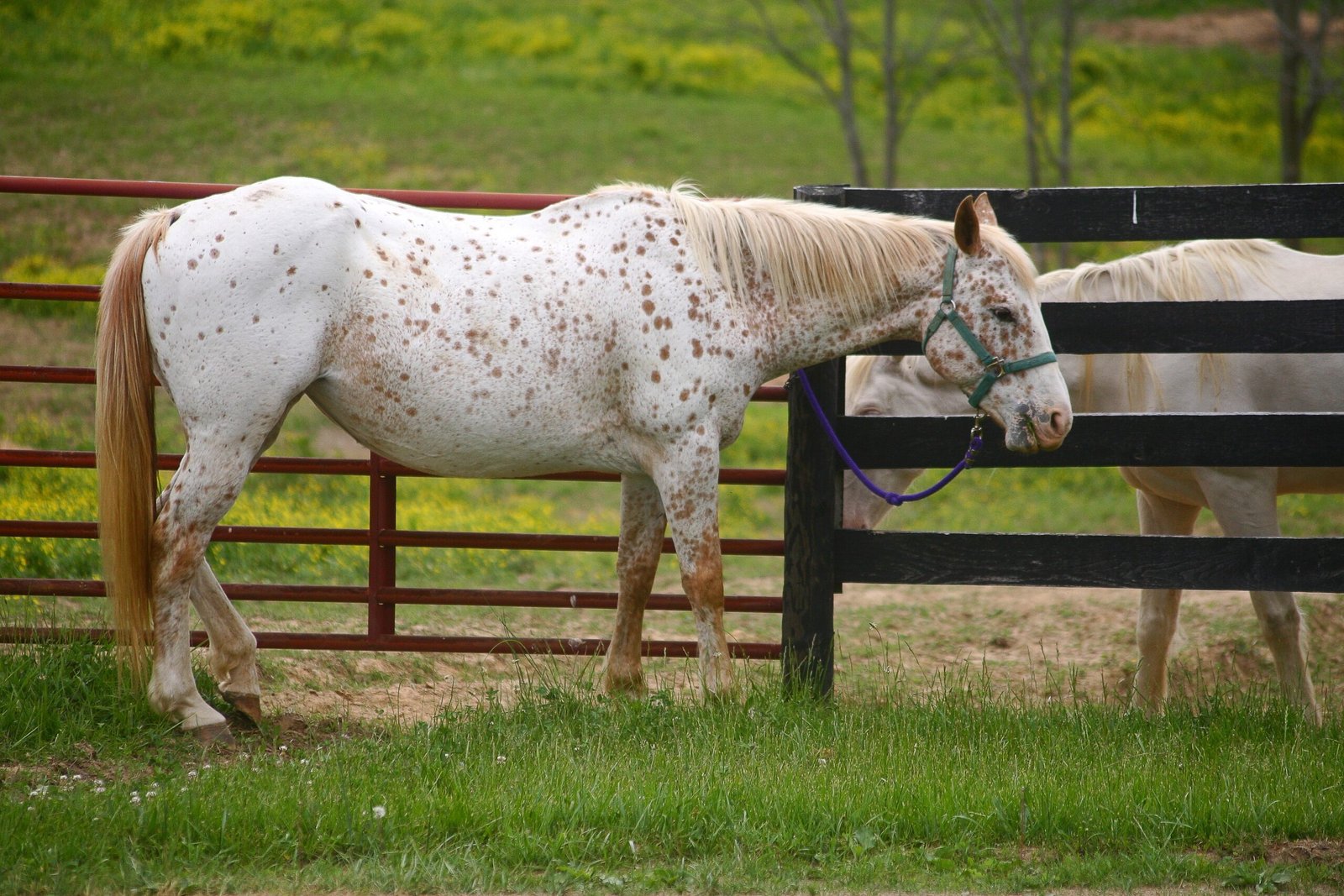
The Appaloosa stands out in a crowd thanks to its stunning spotted coat, but its temperament is what really wins hearts. Appaloosas tend to have steady, even-tempered personalities. They’re known for being honest horses—when something’s wrong, they’ll let you know, but they’re not prone to unnecessary drama. This straightforwardness is a dream for beginners who may still be learning how to read their horse’s moods.
Appaloosas are also extremely versatile and have a reputation for being “people horses.” They enjoy attention and are often eager to interact, making them ideal for those who want a true companion. They’re hardy and sure-footed, traits that come in handy for riders who want to explore a variety of terrains. For anyone looking for a breed that combines beauty and brains, the Appaloosa is a solid choice.
Paint Horse: Colorful and Calm Companion
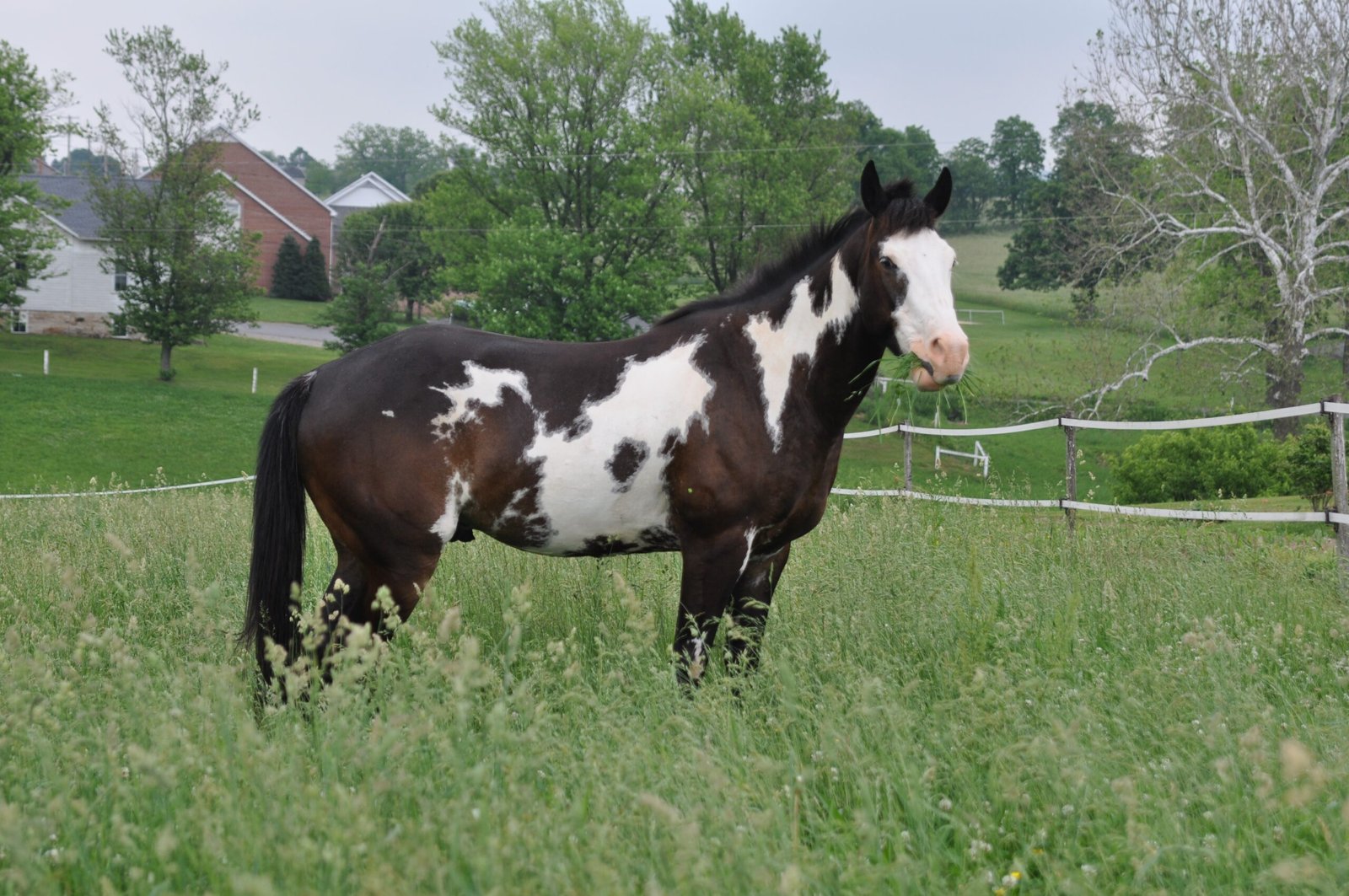
Paint Horses, with their eye-catching splashes of color, are more than just pretty faces—they’re also incredibly dependable. Many beginners find themselves drawn to Paints not just for their unique looks, but for their calm and patient dispositions. These horses are typically gentle, making them a safe choice for those still perfecting their balance or learning to give clear cues.
Paints are prized for their “people-oriented” personalities. They thrive on attention and interaction, responding well to positive reinforcement and gentle handling. Their sturdy build and balanced movement make them comfortable mounts, whether you’re riding around the paddock or out on the trail. For a beginner, a Paint Horse can feel like a steady, reassuring guide every step of the way.
Haflinger: Small in Size, Big on Heart
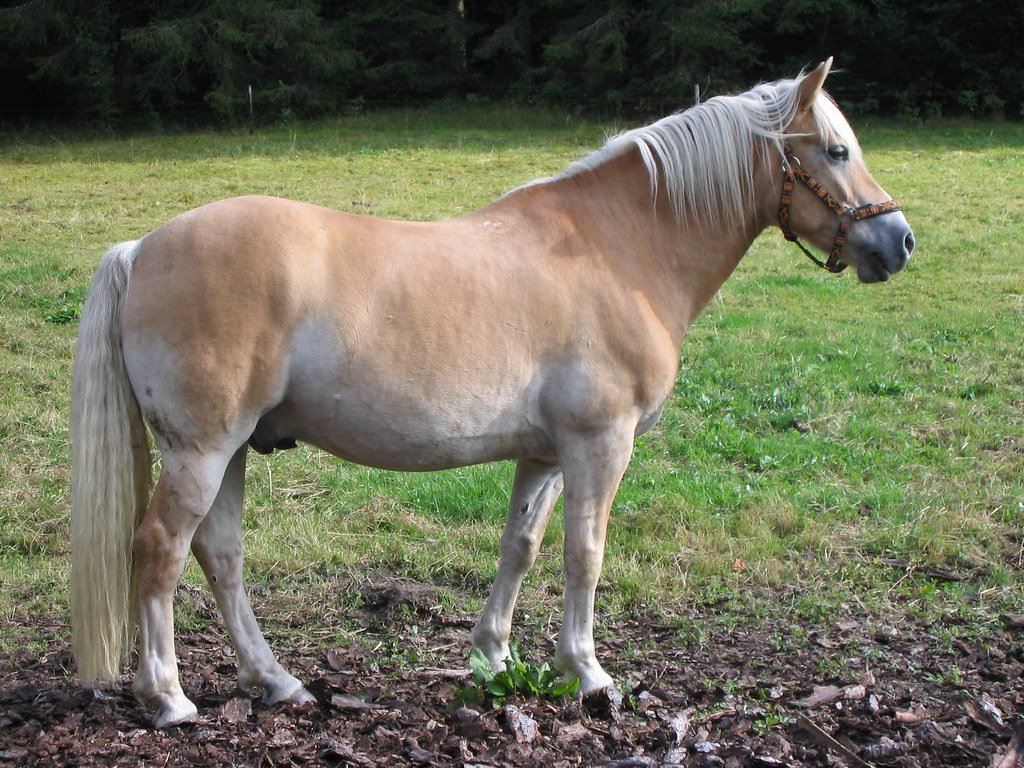
If you’re nervous around larger horses, the Haflinger’s compact size can be a big comfort. Don’t be fooled by their small stature—these horses have strong, muscular builds and hearts of gold. Haflingers are known for their gentle personalities and willingness to work with riders of all ages and skill levels. Their manageable height makes grooming, saddling, and mounting much less intimidating for beginners.
Another reason Haflingers are a great choice for novices is their rock-solid temperament. They tend to stay level-headed, even in new or stressful situations. Haflingers are also incredibly versatile and can be found in all sorts of disciplines, from driving to trail riding to light dressage. Their endearing personalities often win over even the most hesitant new riders.
Thoroughbred: Not For the Faint of Heart
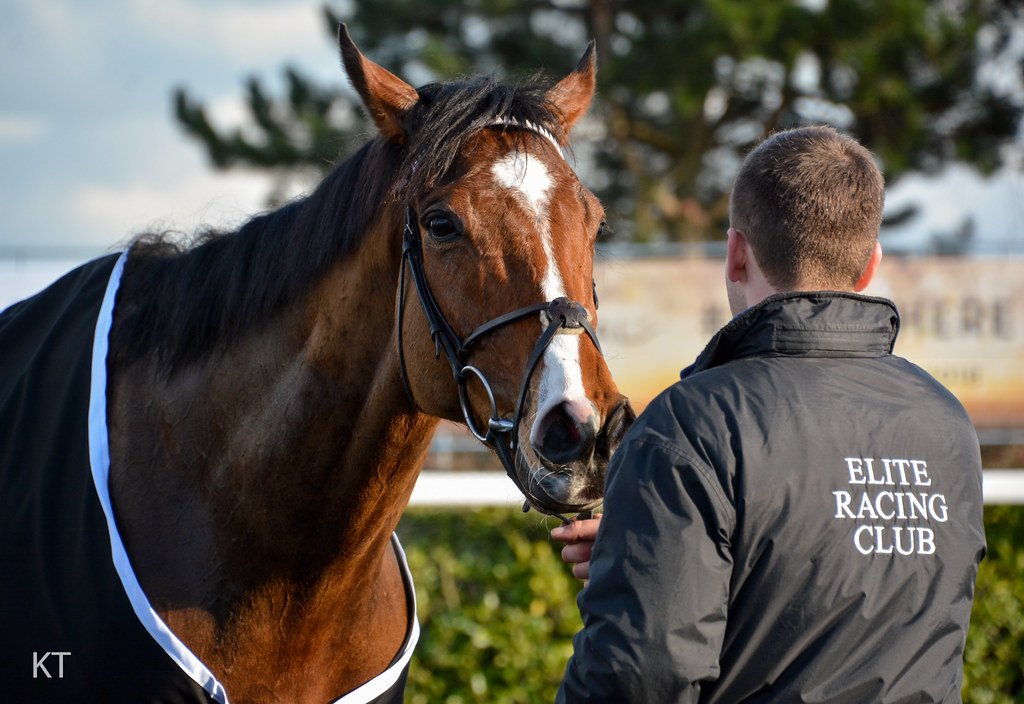
At first glance, the Thoroughbred’s athletic build and graceful stride can be absolutely mesmerizing. But underneath that beauty lies a breed bred for speed and spirit—qualities that can overwhelm a newcomer. Thoroughbreds are best known as racehorses, and their high energy and quick reflexes reflect that background. They often require a rider with steady hands and clear communication skills.
Thoroughbreds can also be sensitive, picking up on their rider’s nerves or inexperience. This can create a feedback loop of anxiety, making it tough for beginners to feel confident. While experienced trainers can do wonders with off-the-track Thoroughbreds, most novices do better starting with a more laid-back breed. For many, it’s best to admire these elegant creatures from afar until their own riding skills are firmly in place.
Arabian: Stunning, Smart, and Sometimes Too Spirited
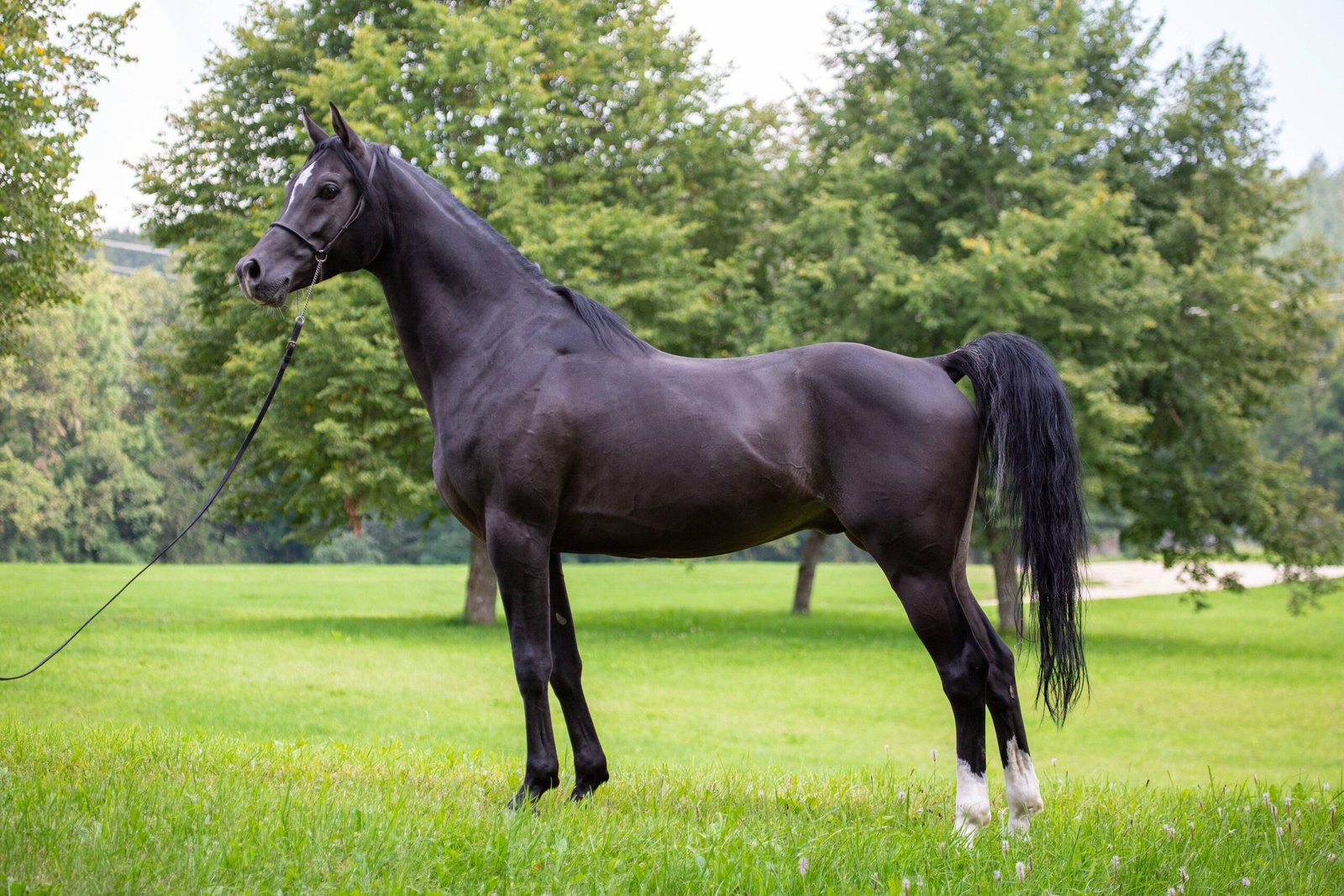
Arabians are the stuff of legend—famous for their beauty, stamina, and intelligence. But these very traits can make them too much for a beginner to handle. Arabians are alert and quick-thinking, which sometimes translates to a restlessness that’s challenging for new riders. They can be sensitive to their environment and to the mood of their handler, reacting quickly to changes.
This breed’s intelligence is a double-edged sword. While it means they learn fast, it also means they can get bored or frustrated if not kept mentally engaged. Beginners, still working on their own skills, may find it tough to keep up with such a sharp and energetic horse. Arabians often thrive with experienced riders who can channel their energy and curiosity into positive activities.
Warmblood: Powerful, Athletic, and Demanding
Warmbloods dominate the show jumping and dressage arenas, and for good reason—they’re athletic, powerful, and incredibly talented. But these very strengths can make them a handful for someone still learning the ropes. Warmbloods are bigger and stronger than many other breeds, and they sometimes need a confident, assertive rider to bring out their best.
These horses can also be a bit stubborn, testing a beginner’s patience and skill. While some Warmbloods have calm personalities, many are bred for high-performance competition and expect a rider who knows what they’re doing. For a novice, a Warmblood might feel like driving a sports car before you’ve even mastered a bicycle. It’s best to appreciate their talents once you’ve gained more confidence and experience.
Friesian: Gorgeous, Graceful, but Not Always Easy
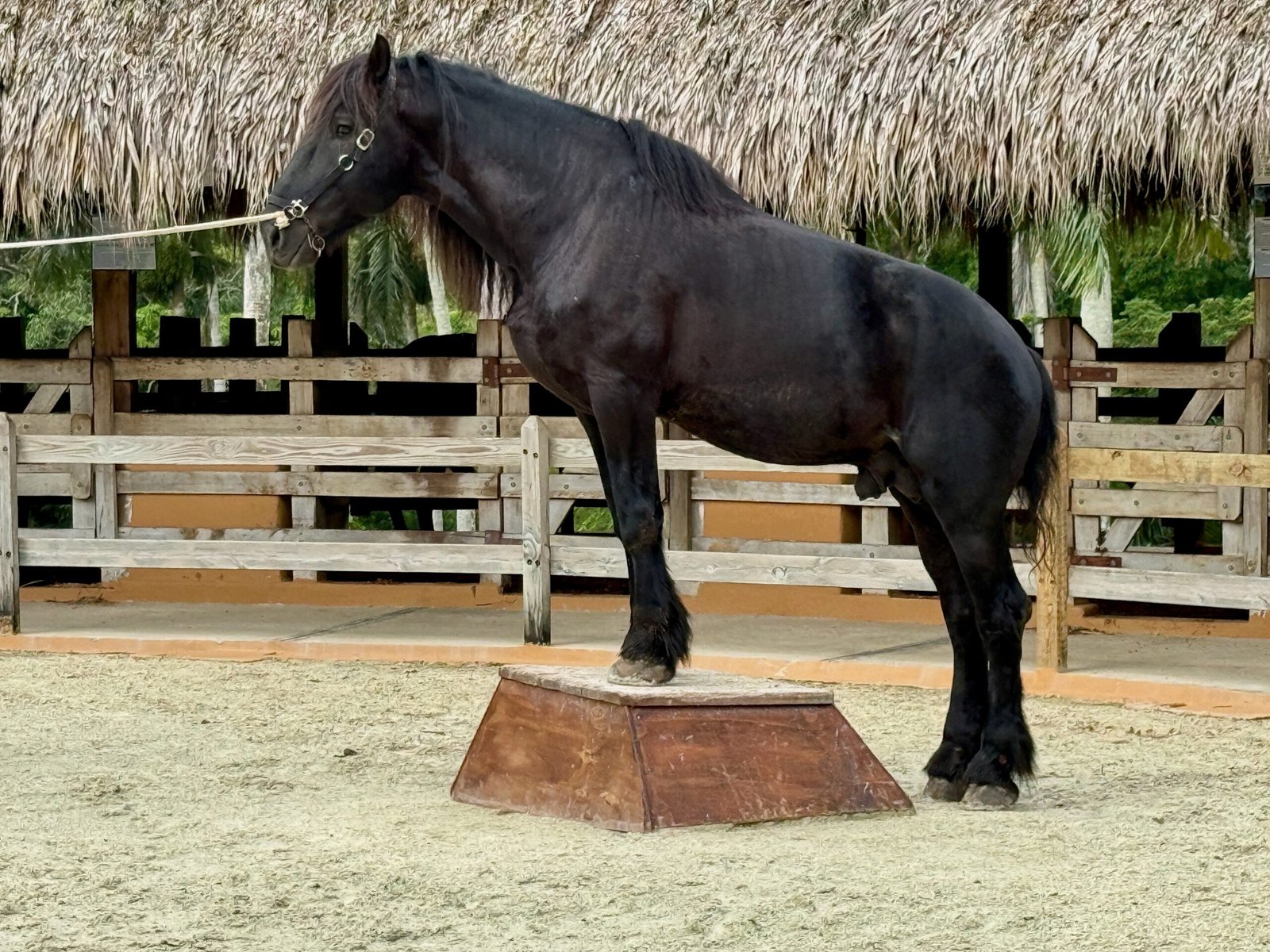
Friesians are the fairy-tale horses of the equine world, with their flowing manes, feathered legs, and regal presence. But their beauty sometimes masks a level of energy and sensitivity that can be difficult for beginners. Friesians are intelligent and eager to work, but they often require clear, consistent guidance from their rider. Without it, they might become pushy or develop bad habits.
Their size can also be intimidating, and their powerful movement takes a steady seat to ride well. Friesians thrive with experienced handlers who can bring out their best without overwhelming them—or themselves. For a beginner, it’s easy to get swept up in their beauty, but it’s important to remember that training and handling a Friesian is often best left to those with a bit more time in the saddle.
Akhal-Teke: Exotic, Sensitive, and Challenging
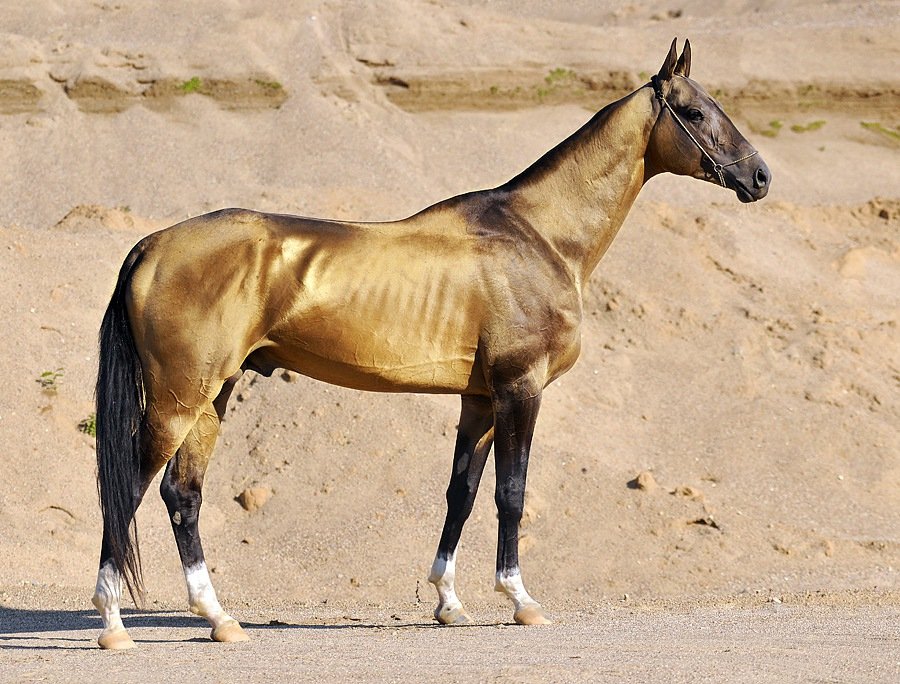
With their metallic sheen and striking appearance, Akhal-Tekes are one of the most unique horse breeds in the world. But their rarity comes with a reputation for sensitivity and high spirit—traits that can make them tough for a novice to handle. Akhal-Tekes are known for forming strong bonds with their humans, but they need a confident, experienced hand to build trust.
These horses can be wary of strangers and new environments, making them more prone to nervousness or flighty behavior. They’re also highly intelligent, which means they may try to outthink a beginner or pick up on inconsistent cues. Akhal-Tekes are best suited to riders who have developed the patience and skills to handle a horse that’s as complex as it is beautiful.
Choosing the right horse as a beginner isn’t just about beauty or breed—it’s about temperament, training, and compatibility. While some breeds are known for their calm demeanor and forgiving nature, others may require more experience, patience, and skill. Understanding these differences can make all the difference in building confidence and forming a lasting bond. Whether you’re in the saddle for the first time or guiding someone else on their equestrian journey, the key is finding a horse that matches your pace—because the right partnership starts with the right fit.

Born and bred in South Africa, a Capetonian at heart. Amy-Leigh’s love for nature and animals was inherited from her Dad. He loves taking the family on road trips to experience nature at its finest; Amy-Leigh’s favourite being whale watching in Hermanus and spotting Kudu along the West Coast. Amy-Leigh holds a BA in English Literature and Communication Studies.

